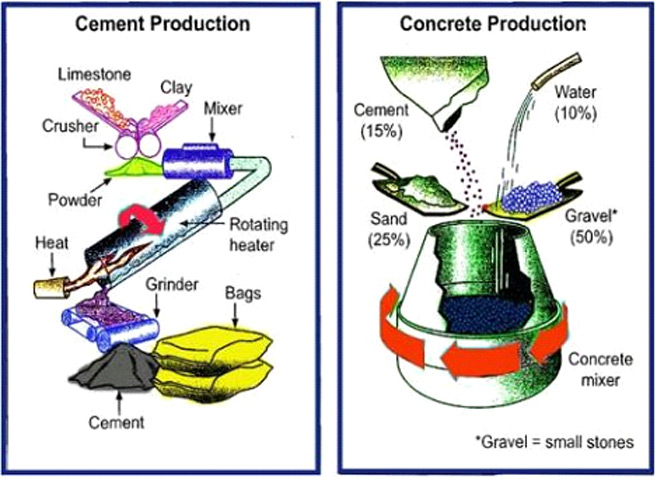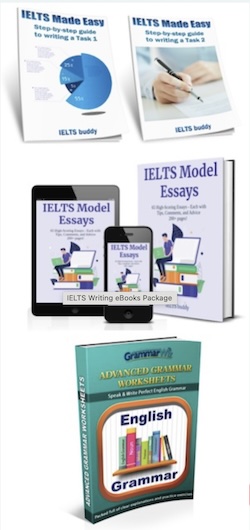- Home
- IELTS Quiz
- Process Gap Fill
IELTS Process Exercise
This IELTS process exercise is a gap fill, which will hone your skills for the test.
Process diagrams appear less often in the IELTS writing task 1, but they are sometimes there so you need to be prepared if you do get one.
The most important part of it is being able to use the passive.
If you are unsure of how to use the passive voice or how it relates to process diagrams then before you do this IELTS process exercise, check out these lessons:
But if you want a quick reminder, these are some basic rules you need to know:
Quick Passive Overview
1) The passive is used for processes because the focus is on the action, not the person doing it. So the object is made the subject.
Active = John takes the dog (object) for a walk every morning.
Passive = The dog (subject) is taken for a walk every morning.
2) An active sentence is also made passive by adding the verb 'to be' and changing the current verb into the past participle
Active = John takes...
Passive = The dog is (to be) taken (past participle)...
3) Intransitive verbs (verbs that do not take an object) cannot be made passive:
- The baby sleeps.
- The dog barks loudly.
- The staff arrive at 8.30 am.
IELTS Process Exercise: Gap Fill
Now it's your turn to practice. Some important points before you start:
- Turn the verb you are given into the passive - if appropriate! (remember intransitive verbs cannot be passive!).
- Don't forget subject verb agreement.
- Type in small letters and do not leave a space after the last word (this will make the computer mark it as wrong).
- If the word '+ then' is included, place 'then' between the verb 'to be' and the past participle:
The water (to heat + then) .......... to 100 degrees.
The water is then heated to 100 degrees.
You should spend about 20 minutes on this task.
The diagrams below show the stages and equipment used in the cement-making process, and how cement is used to produce concrete for building purposes.
Summarise the information by selecting and reporting the main features and make comparisons where relevant.
Write at least 150 words.

Place the correct verb form in the gap
Review of the Answers
Let's just go through some of the answers to the IELTS process exercise in case you did not understand them.
- (to make) be made - 'must' is a modal verb, so the verb 'to be' is in the infinitive.
- (to use) is used
- (to feed) are fed - there are 2 subjects so the plural verb is used.
- (to crush) crush - the limestone and clay are still the objects ('them'), not the subjects, so it should not be made passive
- (to mix + then) is then mixed.
- (to travel) travelling - travel is intransitive, also as it follows 'before', it takes the -ing form.
- (to emerge) emerges - emerge is intransitive.
- (to grind + then) is then ground
- (to separate) is separated
- (to place) are placed - plural verb to agree with 'these'.
Comments
Any comments or questions about this page or about IELTS? Post them here. Your email will not be published or shared.


















